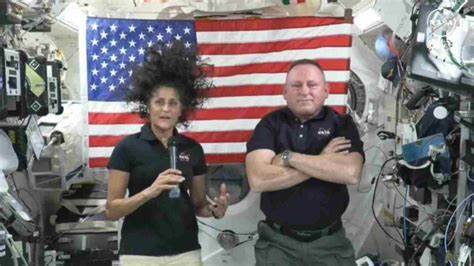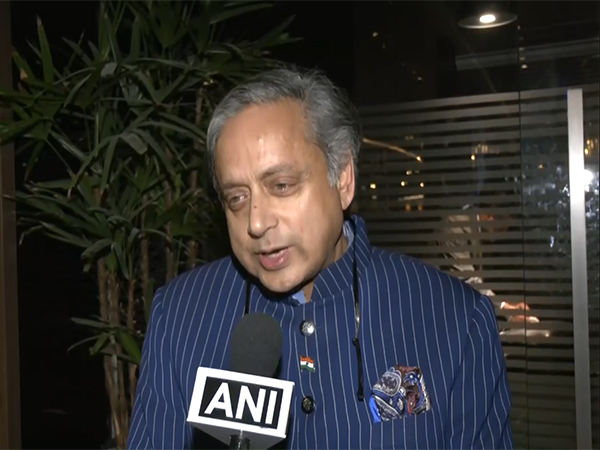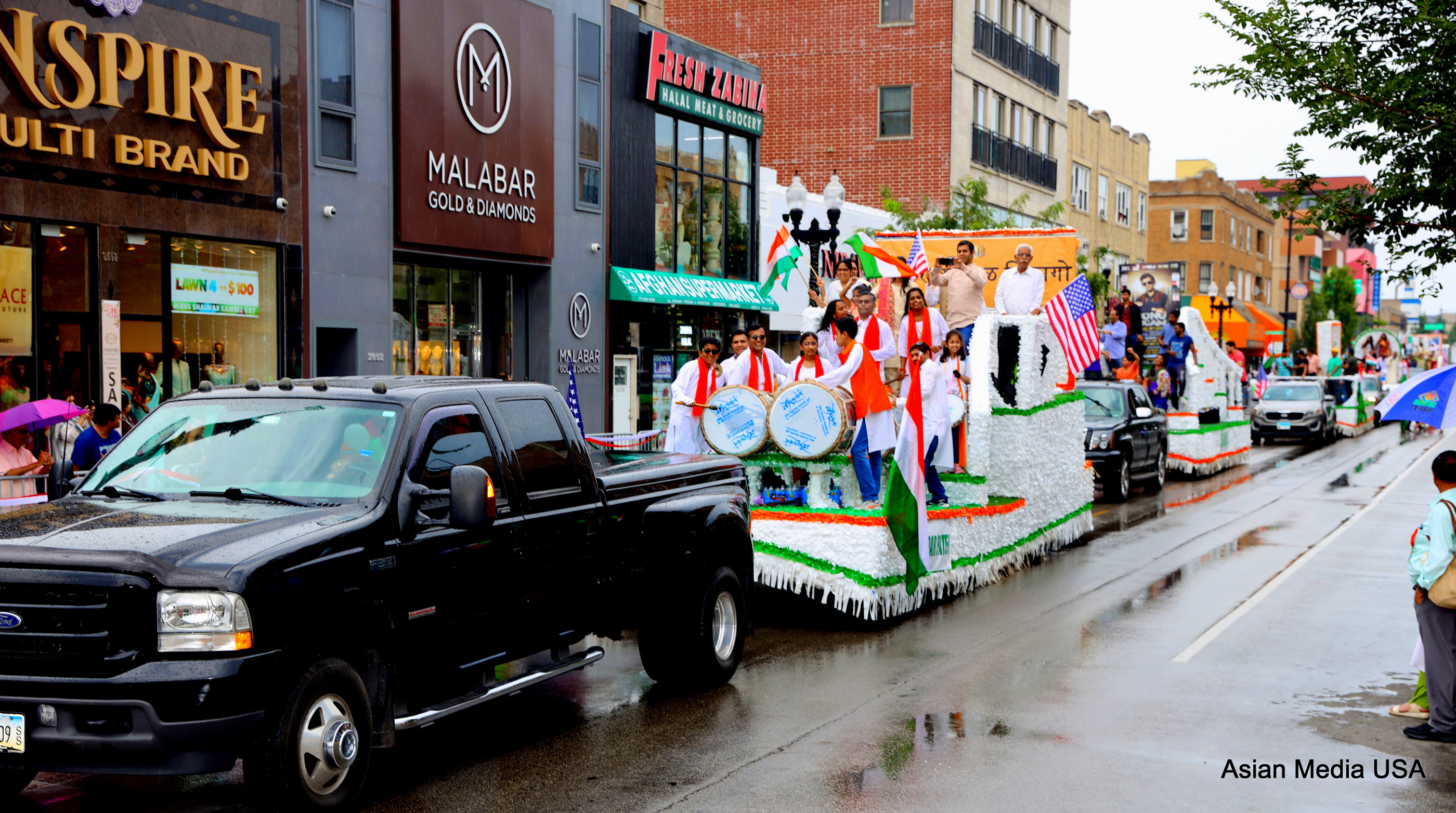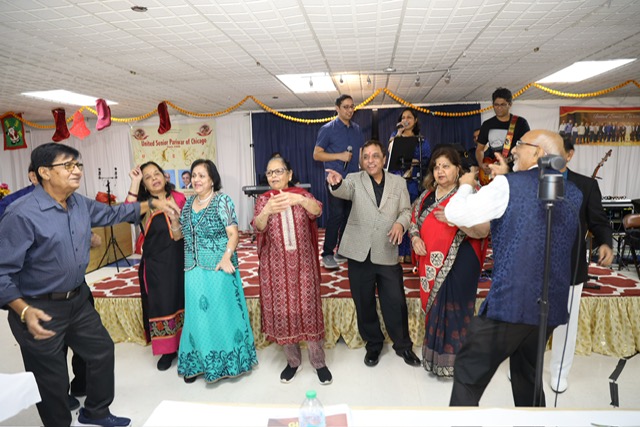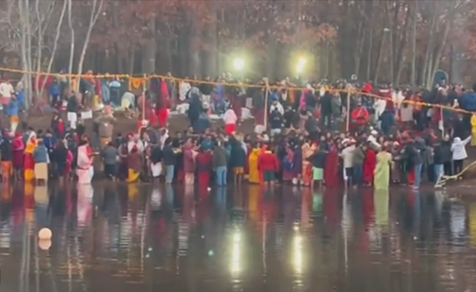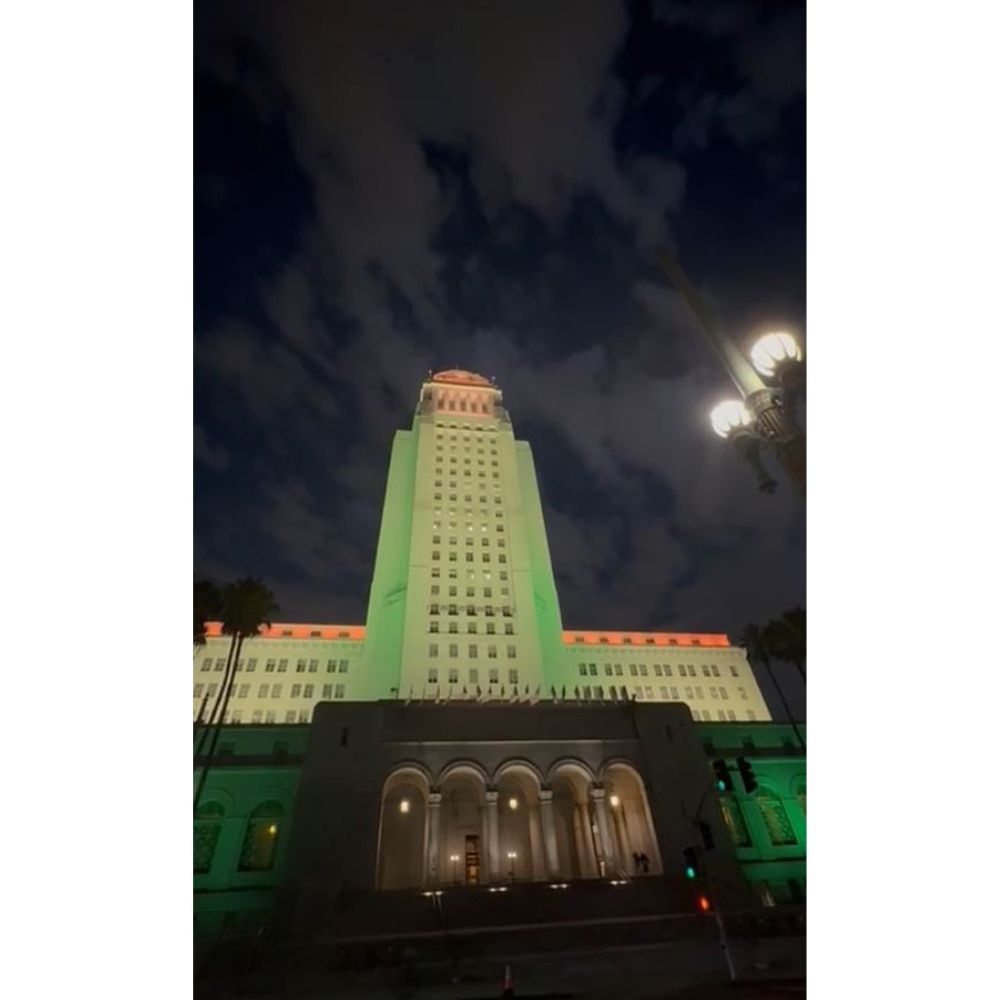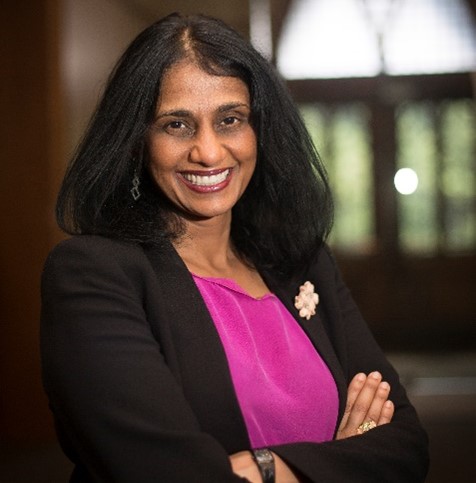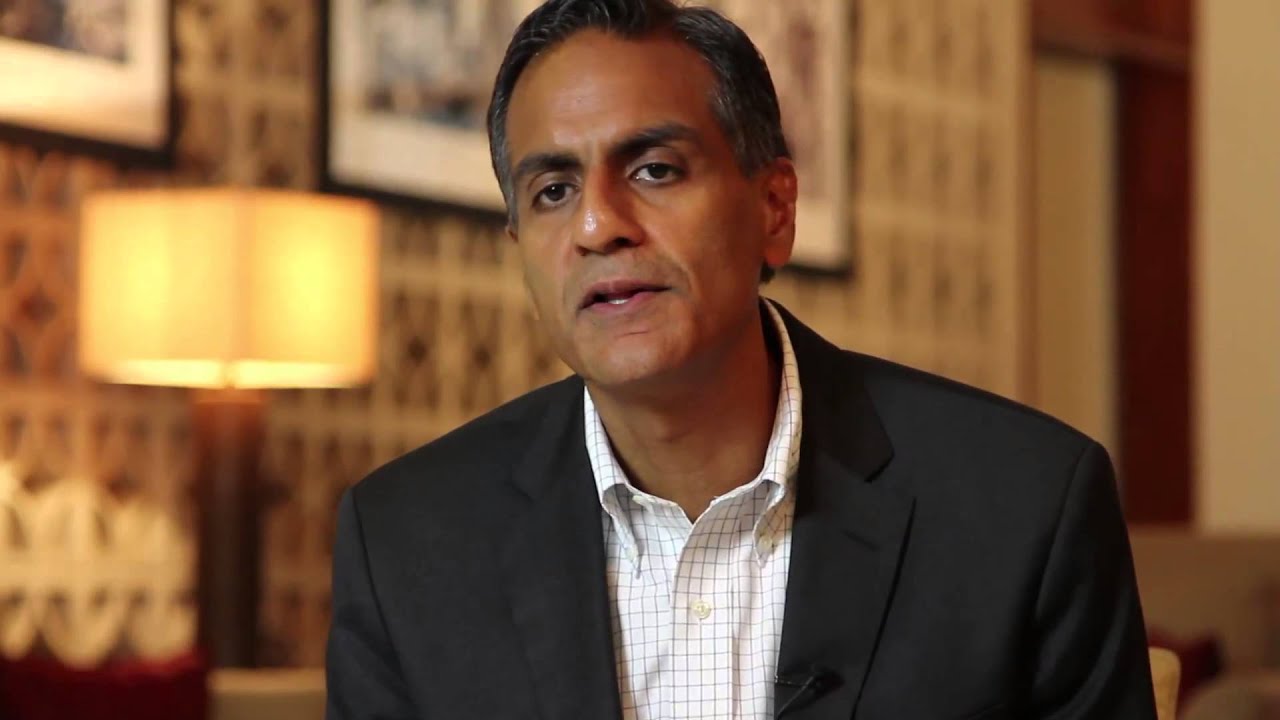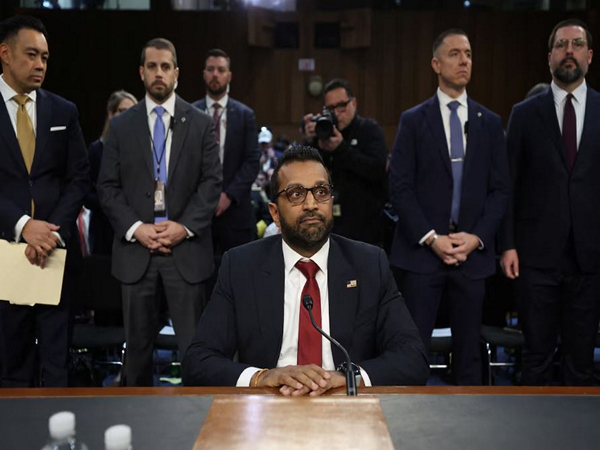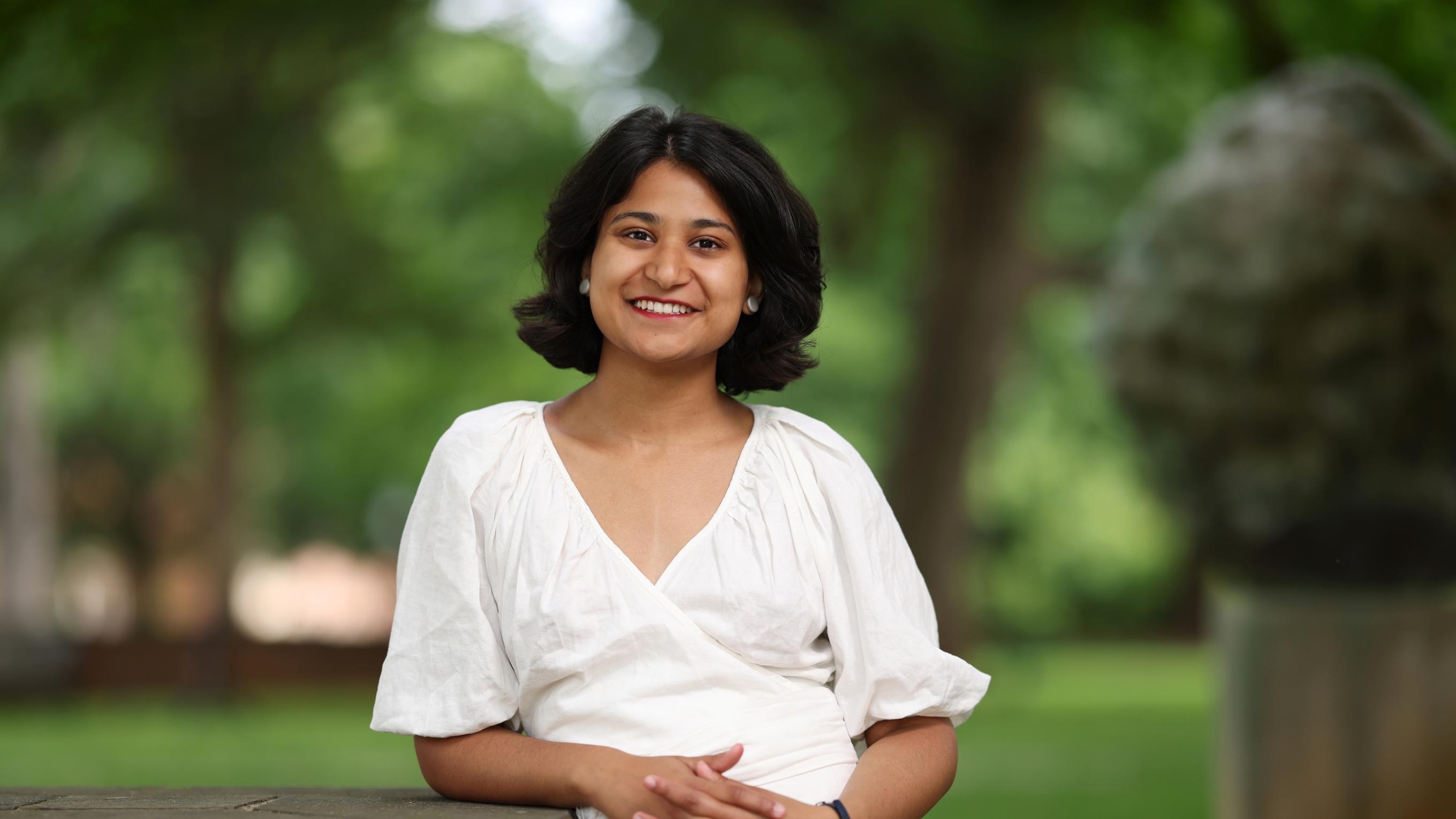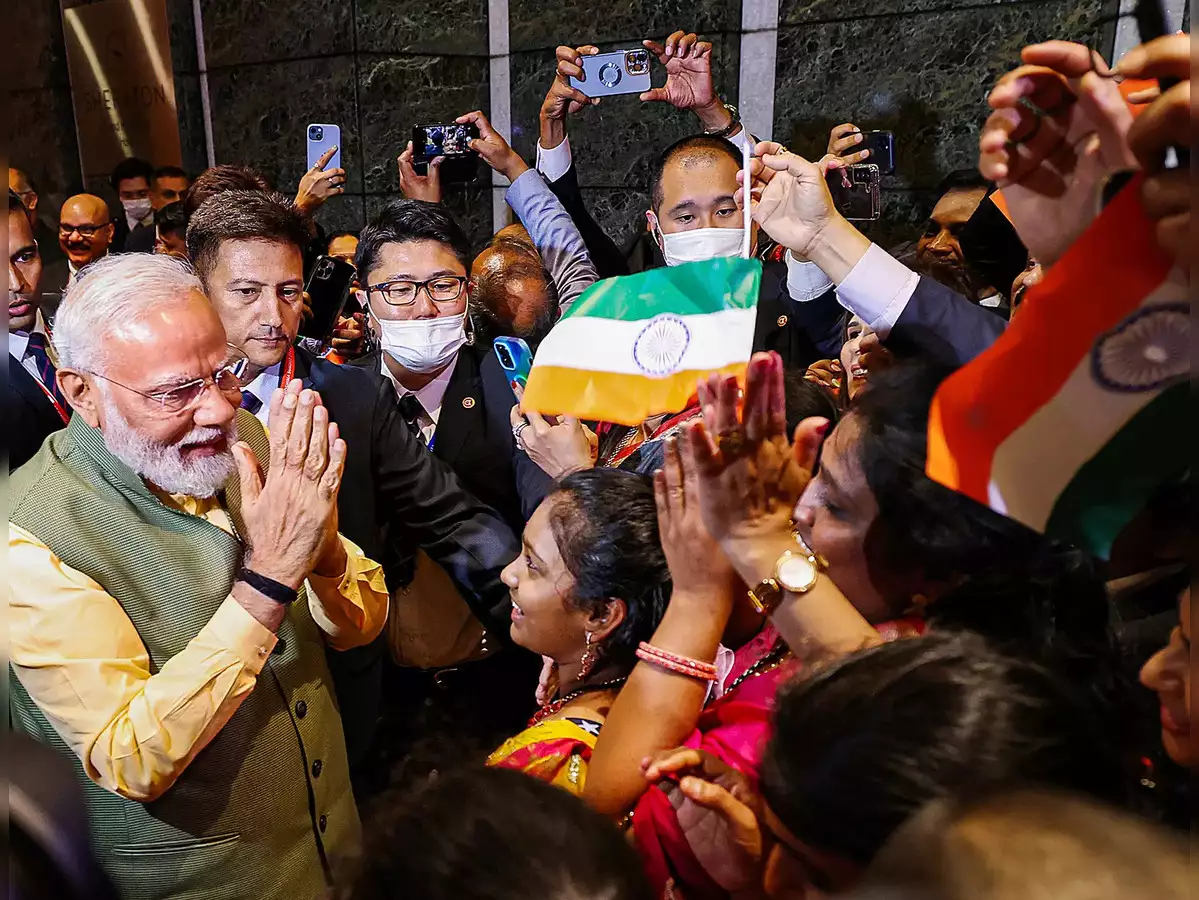Our Bureau
Washington, DC
NASA astronauts Sunita ‘Suni’ Williams and Barry ‘Butch’ Wilmore who traveled to the International Space Station on Boeing’s Starliner spacecraft and were supposed to have returned to Earth last month might have to remain in space a few weeks longer till August this year.
As engineers continue to sort out technical issues that have kept the duo in space longer than scheduled, Williams and Wilmore spoke to reporters in their first press conference from space.
“I feel confident that, if we had to, if there was a problem with the International Space Station, we would get in (the Starliner spacecraft) and we could undock, talk to our team, and figure out the best way to come home,” Williams said as per a CNN report.
“I have a real good feeling in my heart that the spacecraft will bring us home, no problem,” Williams told reporters from the ISS.
Williams said that it was great to be back in the orbiting laboratory and it feels like home to them. “I’m not complaining, Butch isn’t complaining, that we’re here for a couple of extra weeks.” This is third foray into space of the Indian-origin NASA astronaut.
The two astronauts have expressed confidence that the Starliner can get them back to Earth. NASA has, however, not shared a projected return date for the astronauts.
The Starliner had experienced a series of delays during its launch caused by safety concerns due to faulty thrusters and a series of helium leaks. Williams and Wilmore are the first human crew on the historic test mission of the Boeing-built Starliner capsule.
Wilmore and Williams launched on June 5, on a United Launch Alliance Atlas V rocket, from Space Launch Complex-41 at Cape Canaveral Space Force Station in Florida for NASA’s Boeing Crew Flight Test mission.
They docked at the orbiting ISS laboratory on June 6 and are on the station as they test Starliner and its subsystems as the next steps in the spacecraft’s certification for rotational missions as part of NASA’s Commercial Crew Program.
The Starliner is intended to offer NASA a second private commercial crew alternative for the transportation of astronauts in lower Earth orbit to Elon Musk owned SpaceX’s Dragon capsule.
Both Boeing and SpaceX received funding from NASA’s Commercial Crew program in 2014 to carry astronauts to the ISS after the US space agency retired its Space Shuttle Program in 2011.
Boeing received over USD 4 billion in US federal funds to develop the Starliner, while SpaceX received about USD 2.6 billion.
SpaceX company’s Crew Dragon has performed 12 crewed missions to the ISS since its first launch on May 30, 2020.
















